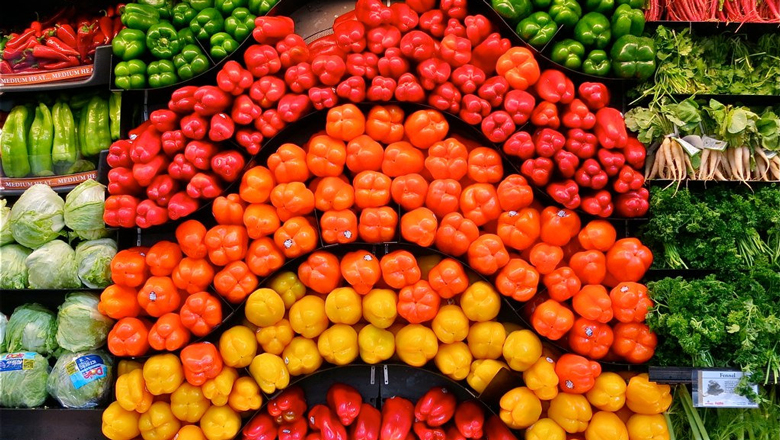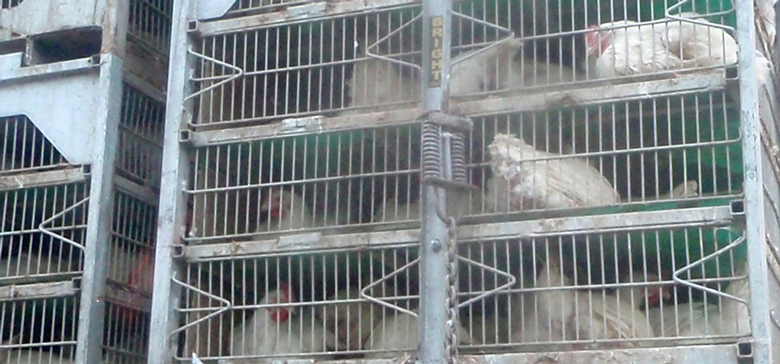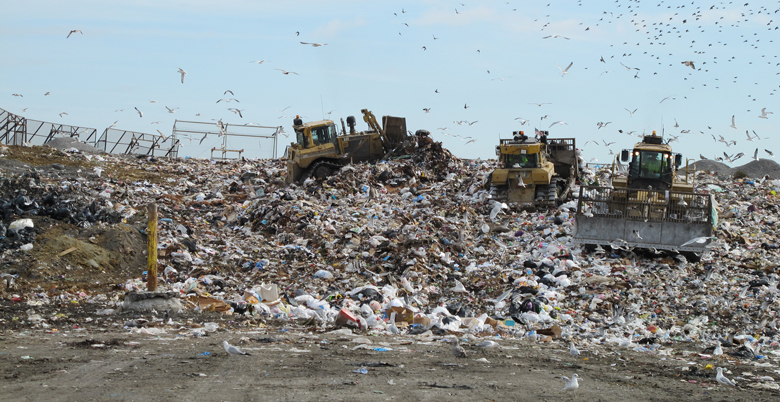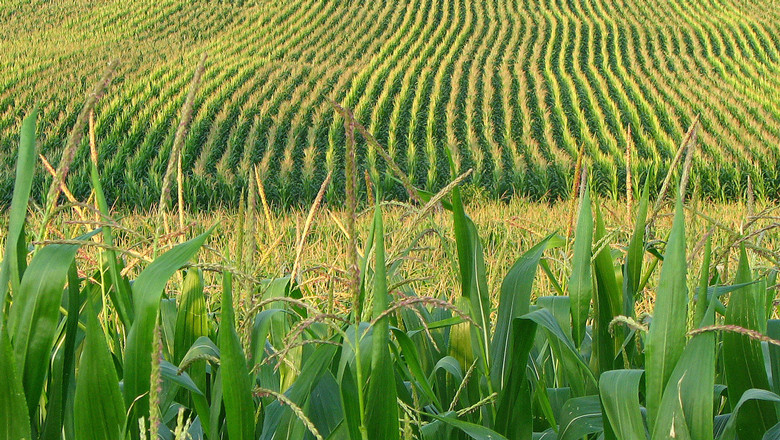When discussing food production in America, a lot of images come to mind. Images like the picture above. Or this:

Photo courtesy Flickr user Dean Hochman via Creative Commons
And sometimes this:

Photo courtesy Flickr user John S. Quarterman via Creative Commons
A lot of the discourse related to food in America is connected to images like this. However, there’s one other image that doesn’t seem to come up as often…

Photo courtesy Flickr user Bill McChesney via Creative Commons
According to the Environmental Protection Agency, Americans throw away more food than any other material. In fact, the EPA found that the US generated over 36 million tons of food waste in 2012, and a recent study by the Food Waste Reduction Alliance found that 25-40% of food grown in America ends up rotting away in our nation’s landfills. Not only is this wasteful, but rotting food generates significant amounts of methane, which is linked to global warming.
Obviously this problem has serious environmental implications, but also has very serious socio-economic implications. Hunger is still a major issue for millions of American families. According to recent report by the World Hunger Education Service, approximately 17.6 million US households were considered “food insecure” - meaning they were forced to weigh buying food against other household expenses, as well as lacking access to nutrient dense foods. In addition, 3.9 million households experiencing food insecurity include children. These numbers are alarming, and can be contributed to a number of causes, including growing income inequality, cuts to federal food assistance programs, weather volatility as a result of climate change... and food waste.
Now you may be asking yourself, what can I do to combat these problems? Donating excess food seems like an obvious answer... but what if someone gets sick? Could donating food lead to a lawsuit? Could an organization face charges of negligence for donating food? Is the risk of prosecution worth it?
At one time it was important to consider questions like these; however, thanks to a somewhat obscure law, these questions are no longer an issue. In 1996, a bipartisan group of lawmakers passed the Bill Emerson Good Samaritan Food Donation Act. The bill exempts any person or business that seeks to donate food to local hunger-based nonprofits exempt from any liability that could arise from their donation, except in cases of gross negligence. This allows say, any grocery store that may want to donate produce that may have passed its expiration date (despite being in good condition) to a food pantry, or another hunger based organization such as DC Central Kitchen.
By removing possible liability from those wishing to donate excess food, the Emerson Act has created a potential bounty of food sources which, if utilized, could make a significant impact on hunger in America. It’s also paved the way for other bills, such as Rep. Chuck Schumer’s Federal Food Donation Act of 2008, which encourages US restaurants to donate their excess food to hunger related non-profits while placing them under the protection of the Emerson Act.
The issue of hunger in communities across America affects us all, and thanks to Bill Emerson and his legislation we can do something about it. So take a look through your fridge, and explore the idea of donating food. If you own a restaurant or grocery store, look into sending excess products to local non-profit organizations. You may not only be saving the planet, but may also save a life.
Tony Brunner is an MFA student at American University.

